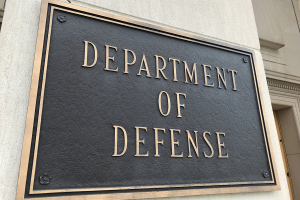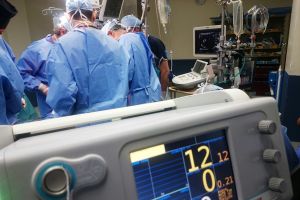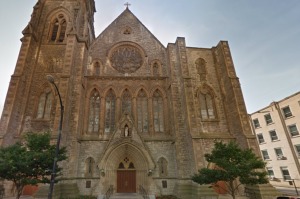NASA Space Taxi: 'Dream Chaser' to Make Test Flight in 2012
A NASA-backed mini space shuttle will fly to the International Space Station next summer in a test flight without a crew, it was reported Tuesday, with the project costing $1.61 billion.
The unmanned flight of Sierra Nevada Corp.'s "Dream Chaser," a space plane working as a space taxi, would be followed in 2021 by a trial run with astronauts, reported Reuters.
In addition, NASA is reportedly working on producing a heavy-lift rocket and capsule that would fly astronauts and cargo to asteroids, Mars, the moon and other destinations beyond the space station’s orbit.
The test flight will take off from either Edwards Air Force Base in California's Mojave Desert or from the White Sands Missile Range in New Mexico, the news agency reported.
"Having only one way to get crew to the station is a limitation," NASA astronaut Mike Fossum reportedly said during an in-flight interview last week.
The place of the mini shuttle's destination, the International Space Station, which lies some 225 miles above Earth, reportedly cost $100 billion. It was finished this year after more than a decade of construction. It is being shared by 16 nations.
The "space taxi" will be carried into space by WhiteKnightTwo, the carrier aircraft for the commercial suborbital passenger ship SpaceShipTwo, a property of Virgin Galactic.
There are reportedly three more "space taxis" in the making.
The project is being developed by private industry with backing from the U.S. government. In September, The Christian Post reported that President Barack Obama's request to financially support the program stems from NASA's need to use Russian spacecraft to fulfill the project. NASA retired several space shuttles earlier this year.
The space exploration agency believes a commercial space transportation system is important in order to create future business ventures and guaranteed access to the International Space Station.
NASA's commercial space flight development director, Phil McAlister, said in September, "Right now, we have a single-string failure for a $100 billion national lab. Every year we do not have a commercial crew capability, the station is at risk."
The project will allocate $1.61 billion to private companies, according to PC Magazine. The program, running from July 2012 to April 2014, will provide funds to several companies tasked with designing and maintaining spacecrafts, launch vehicles, launch services, ground and mission operations, and recovery, the publication reports.





























